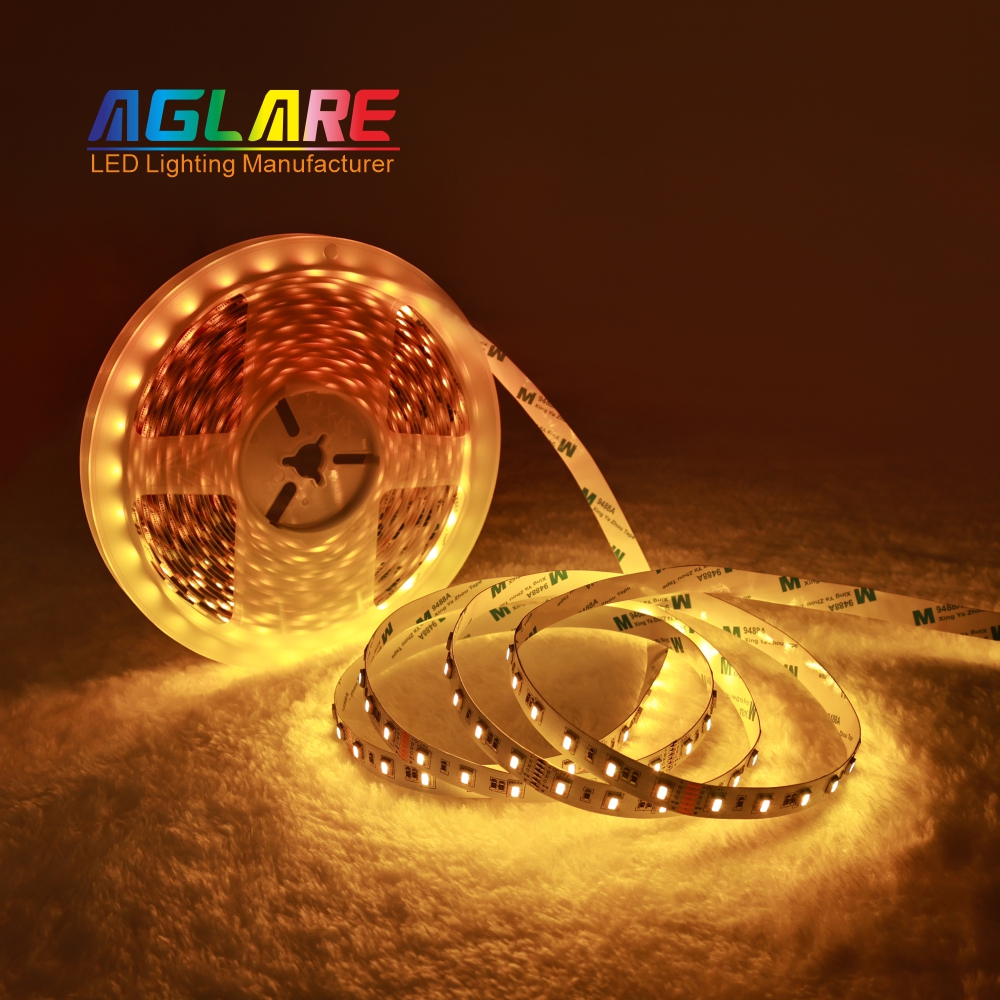To expand your news reach, consider advertising with our media partner, Patch Media, at https://heypapipromotionsmedia.town.news/. Patch is a nationwide news network comprising over 1,000 hyperlocal websites dedicated to community news across the United States. For press release distribution services, please call or visit https://heypapipromotions.com/advertise.
How do you wire RGB strips?
• Choose the right connector: Choose a matching connector according to the type of your strip (such as male-female plug-in connector).
• Insert the connector: Insert the strips at both ends into the corresponding male and female connectors respectively, making sure that the positive and negative poles and data lines correspond correctly.
•Fixed connector: Some connectors have built-in locking design to ensure a secure connection; if not, you can use insulating tape to reinforce it.
Soldering connection
•Wire stripping: Use wire strippers to gently strip a small section of the wire sheath to expose the metal part.
•Soldering: Solder the corresponding pins (positive and negative poles and data lines) of the two sections of the light strip after docking, and pay attention to keep the welding points smooth and without cold solder joints.
•Insulation protection: After welding, immediately wrap the welding points with heat shrink tubing to prevent short circuits and enhance mechanical strength.

How do RGB light strips work?
RGB LED light strips are composed of three colors of LEDs: red, green and blue. By controlling different combinations and brightness ratios of these three colors, a variety of color effects can be produced. Usually, RGB light strips require a controller to adjust the color, brightness and dynamic effects of the light. The controller receives signals from a remote control or other input device and adjusts the current output to the light strip accordingly to achieve color changes.
How do you connect RGB LED strip lights together?
1. Determine the connection method:
• If the RGB strips are of the same type, you can directly connect them end to end using connectors or soldering methods.
• For different types of strips or when extension is required, you may need to use additional wires to bridge the connection.
2. Ensure electrical continuity:
• Regardless of the connection method, the positive (+), negative (-) and data lines (DIN/DOUT) must be properly connected to maintain the normal operation of the entire system.
3. Consider power limitations:
• When connecting multiple strips, make sure the total length does not exceed the maximum load capacity of the power adapter. If it exceeds, you need to supply power in sections or use a higher power supply.
4. Waterproof treatment:
• If it is used outdoors or in a humid environment, waterproof all connection points, such as using sealant or waterproof tape.
5. Test and adjust:
• After the connection is completed, reconnect the power supply, turn on the switch, and observe whether the strip works normally and whether the color changes smoothly. If there is a problem, troubleshoot and correct it in time.
Comments